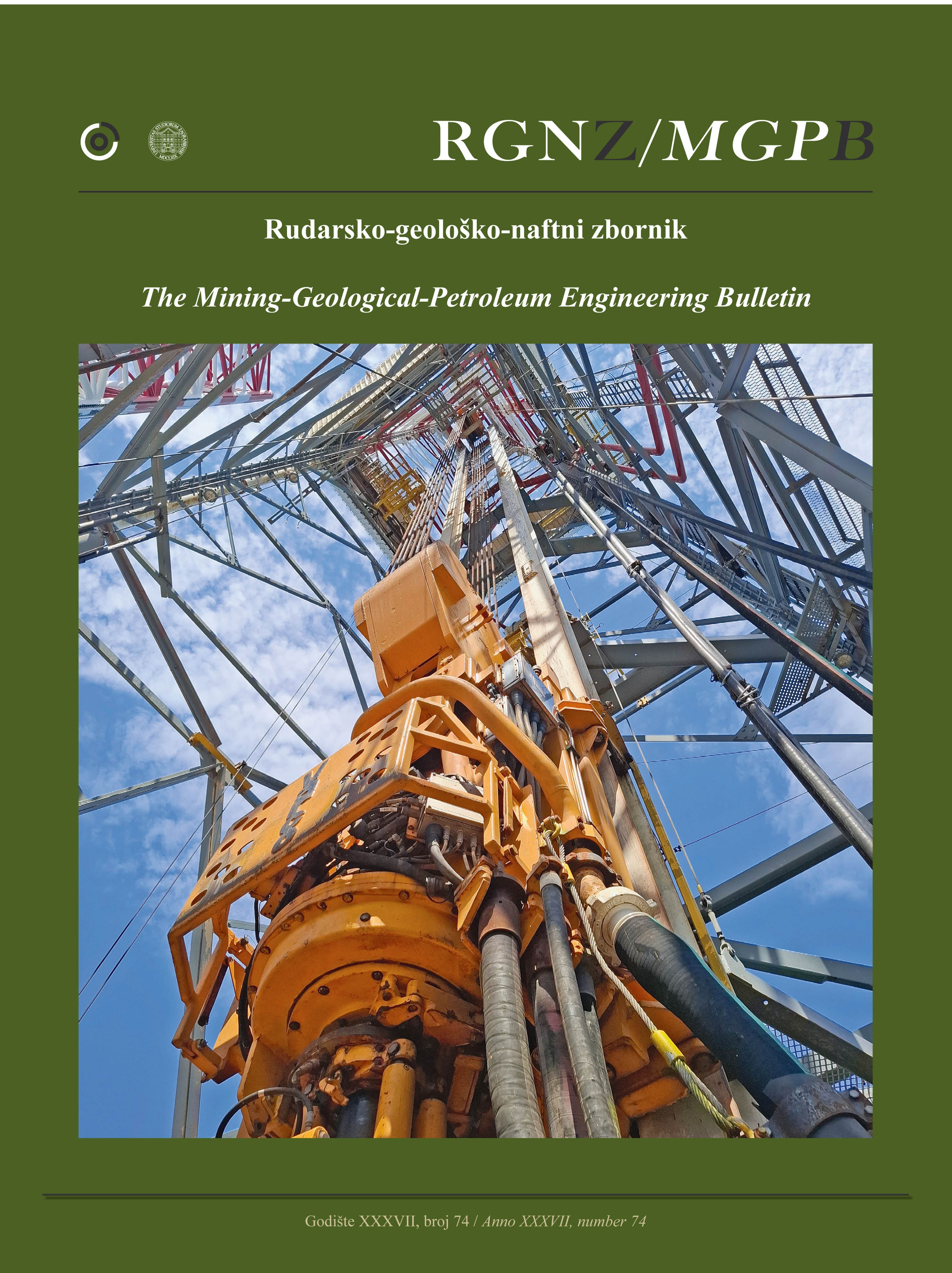The effect of filling the gas pipeline with condensate on transport pressure
DOI:
https://doi.org/10.17794/rgn.2025.3.2Keywords:
natural gas, associated gas, gas-condensate, transportation pressure, gas flow rate, separation of liquid phaseAbstract
The analysis of the transportation of natural gases and associated petroleum gases indicates that, unlike natural gases, it is impossible to transport associated gases over long distances as a monophase state. In some cases, associated petroleum gas is injected into the reservoir to enhance oil recovery through gas lift operations. However, the specific demand for gas at production facilities is much lower compared to available gas resources. On the other hand, modern concepts regarding the use of natural gases and associated gases require that they are prepared and transported to the consumer in accordance with regulatory standards. The increased demand in export gas has made it necessary to collect, prepare, and transport the associated gases produced alongside oil without losses through pipelines to the destination.
Compared to dry gases, the collection and transportation of associated petroleum gases involve several technological challenges. During these processes, the pipeline may fill with condensate due to the condensation of the associated gas. This situation requires the calculation of gas condensation along the pipeline route.
This paper investigates the change in transportation pressure in the gas pipeline depending on the degree of pipeline filling with condensate at various gas flow rates. It has been found that during the multiphase flow of associated gas, an increase in pressure is observed due to the accumulation of condensate in the gas pipeline.
Downloads
Published
Issue
Section
License
Copyright (c) 2025 Elman Iskandarov, Fidan Ismayilova, Mahammad Shukurlu, Anar Nagizadeh

This work is licensed under a Creative Commons Attribution 4.0 International License.
Creative Commons-BY
Authors who publish with this journal agree to the following terms:
In agreeing this form, you certify that:
- You read the ethical codex of the RGN zbornik available at journal web.
- You submitted work is your original work, and has not previously been published and does not include any form of plagiarism.
- You own copyright in the submitted work, and are therefore permitted to assign the licence to publish to RGN zbornik.
- Your submitted work contains no violation of any existing copyright or other third party right or any material of an obscene, libellous or otherwise unlawful nature.
- You have obtained permission for and acknowledged the source of any illustrations, diagrams or other material included in the work of which you are not the copyright owner.
- You have taken due care to ensure the accuracy of the work, and that, to the best of your knowledge, there are no false statements made within it.
- All co-authors of this submitted work are aware of, and in agreement with, the terms of this licence and that the submitted manuscript has been approved by these authors.
Publication licence
You retain copyright in your submitted work, according to journal license policy (CC-BY). By signing this form you agree that RGN zbornik may publish it under the publication licence. In summary the licence allows the following:
Anyone is free:
- To copy, distribute, display, and perform the work.
- To make derivative works.
Under the following conditions:
- The original author must always be given credit.
- The work may not be used for commercial purposes.
- If the work is altered, transformed, or built upon, the resulting work may only be distributed under a licence identical to this one.
Exceptions to the licence
In addition to publishing the work printed under the above licence, RGN zbornik will also enable the work to be visible online.
The journal editorial can change the licence rules anytime but it cannot retroactively restrict author(s) rights.


